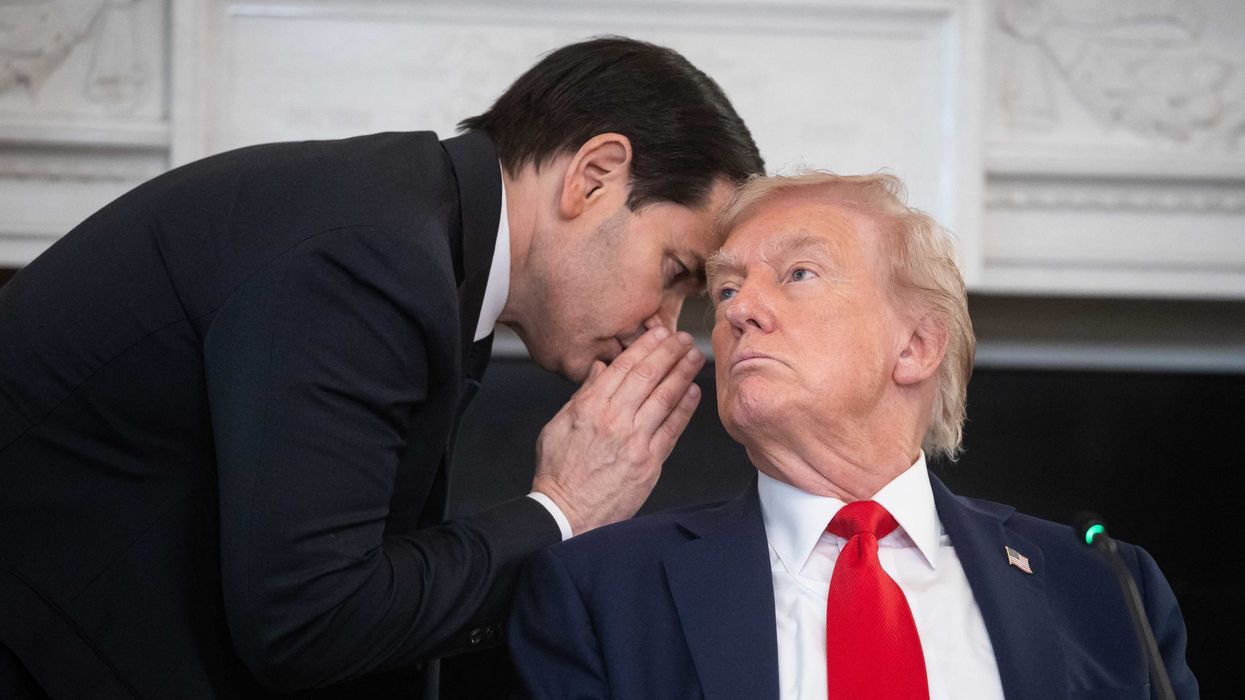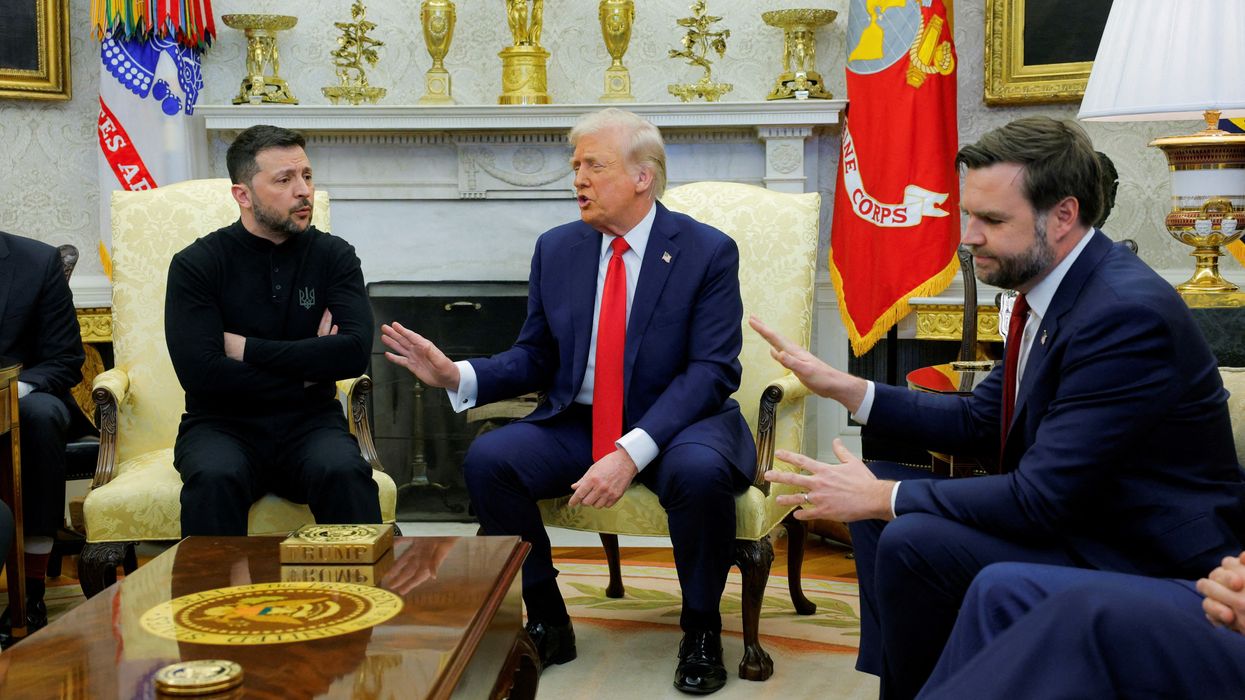Putin’s initial thrust into Ukraine stalled out north of Kyiv last month and his “Phase II” Donbas fight has thus far made limited progress. Sensing Moscow’s vulnerability, there is a desire in the United States to take increasingly proactive measures against Russia to increase the chances that Ukraine eventually wins the war.
Trying to accomplish that praiseworthy goal in a careless way, however, could not only diminish Kyiv’s chances of winning, it might also expand the war into a Russia-U.S. conflict that could get Americans killed. Any war between Washington and Moscow stands a disturbingly high chance of going nuclear; an outcome that must be avoided at all costs.
On Sunday, Rep. Adam Kinzinger told CBS’s Face the Nation that he intended to propose a new authorization for the use of military force that would enable the president to take action against Russia if Putin’s forces used weapons of mass destruction.
The text of Rep. Kinzinger’s proposed bill would authorize the president, upon confirmation Russia had used chemical, biological, or nuclear weapons, to “use the Armed Forces of the United States” against Russian targets to “protect the national security interests of the United States” and to restore “the territorial integrity of Ukraine.”
To date, the Russians don’t appear to have used WMD in Ukraine, and even with an AUMF, the president would not be obligated to use force on Russia. But this proposal continues a trend among Washington elite who advocate actions that would bring the United States perilously close to a war with Russia.
Writing one month before the war started, Dr. Evelyn Farkas, former Pentagon official in the Obama Administration, wrote that the United States should not only issue Moscow an ultimatum demanding it not attack Ukraine, but Washington should also “organize coalition forces willing to take action to enforce it.” In case her intent wasn’t clear, she said that if Russia attacked anyway, “Americans, with our European allies, must use our military to roll back Russians—even at risk of direct combat.”
Shortly after the war started, three retired American generals, all former NATO commanders, advanced Farkas’s ideas, advocating for and supporting the establishment of a no-fly zone over Ukraine — despite the fact enforcing that zone could bring U.S. and Russian military personnel into lethal conflict, likely sparking a war.
Last month, Sen. Chris Coons, going one step further than the retired generals, said that the Biden administration and Congress should “come to a common position about when we are willing to go the next step,” and not merely send arms to Ukraine, but should consider sending “(U.S.) troops to the aid in defense of Ukraine.” It should worry us all that none of these current and former high-ranking officials seemed in the least troubled that the policies they advocated could drag our country into a war that all too easily could spawn a nuclear confrontation.
The United States should not fight a war — any war — unless it is absolutely needed to prevent an actual or looming attack on our people or homeland. Period. War is not a tool to compel others to do our will. It is not an appropriate means of “punishing” an adversary for engaging in actions we don’t like — and that includes Russia.
We can hate what Putin is doing. We can help Ukraine defend itself against Russia’s unjustified invasion, and it is entirely reasonable to consider a range of economic penalties as a means of compelling Moscow to end the war. But it would be the height of irresponsibility for American policymakers to take actions that makes war with a nuclear superpower likely.
A 2008 study concluded that a single 550 kiloton nuclear blast hitting Denver (one of the more common warheads in Russia’s inventory) would destroy nearly every building out to a radius of two miles, killing virtually everyone in that zone. Russia has at least 4,500 active nuclear warheads – the most powerful of which is a mind-boggling 50 mega-tons (almost 3,000 times more powerful than the bomb dropped on Hiroshima).
If we pushed beyond the limits of supplying Kyiv with weapons and into direct confrontation with Russia, and then an American city was subsequently scorched with a Russian nuclear blast, I can assure you that no American would believe the cost was worth trying to help Ukraine. It wouldn’t even matter if we flattened Russian cities in response, once the nuclear genie is let out, most of both countries could be turned into a nuclear wasteland.
There is absolutely nothing related to Ukraine that could, in any way, justify the risk to American citizens and cities of a nuclear explosion resulting from a war between our two countries. It is time to stop any consideration, at all, of an intentional military action that could spawn a direct clash between Washington and Moscow. It bears repeating once more: there is nothing, at all, at stake in the Ukraine-Russia war that justifies risking actions which could eventually result in the nuclear devastation of America.
















